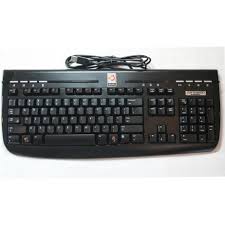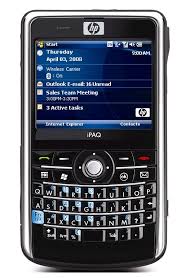This relates to the history of the typewriter that was found earlier by Christopher Latham Sholes (1868). When creating a prototype typewriter before, even so allows us to type faster. Too quickly the possibility of typing it, to the extent that problems often arise at the time. Often when the button is pressed, the trunks of letters (slug) that hit the tape was experiencing a mechanical failure, which is more often caused because the rods each hook (jamming).
Confused thinking about the solution at the time, Christopher Latham Sholes would mess up the sequence in such a way to found a combination that is considered the most difficult to use in typing. The goal is clear, to avoid mechanical errors that often occur earlier.
Finally, the composition of the typewriter is derived on the computer keyboard as the input and in 1973 opened as a standard keyboard ISO (International Standards Organization).
Actually there are some standard keyboard layout used today. Call it the ASK (American Simplified Keyboard), commonly called Dvorak discovered by Dr. August Dvorak around 1940.
In the present study, the Dvorak layout allows us to type more efficiently. But maybe being late, because ultimately be subject Dvorak QWERTY dominance that has occurred in the organizations of the world at that time and they do not want to risk a rush when changing to the Dvorak keyboard layout. The only recognition is coming from ANSI (American National Standard Institute) which approved the Dvorak keyboard layout as a version of "alternative" around the year 1970.
Other keyboard arrangement that is still the development of the QWERTY layout is QWERTZ are used in countries such as Hungary, Germany, Switzerland, etc.. AZERTY French and Belgian state, QZERTY, etc.



No comments:
Post a Comment